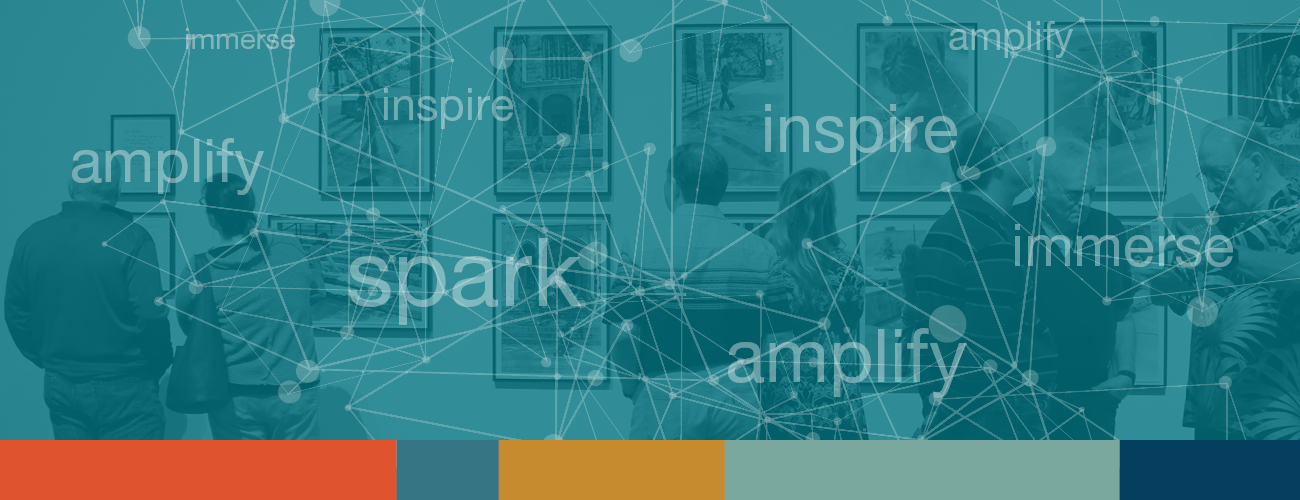“PIVOT!” and other lessons of the pandemic
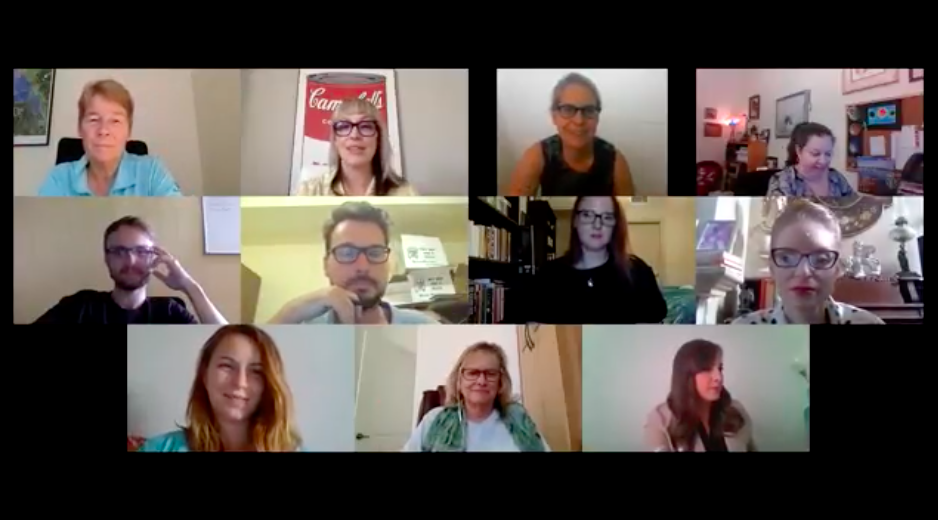
We are a little more than a year into the pandemic, and it’s time to check-in! Like everyone, Scottsdale Arts Learning & Innovation has spent the last year adapting to meet the needs of our community. We continuously hold ourselves accountable to the name Learning & Innovation, but this year truly put us to the test. The word “pivot” has become both common and cringe-worthy and, while there have been many challenges, the journey has been one of inspiration and discovery with many successes to be celebrated. Here are just a few lessons we have learned along the way:
Choose Your Battles Opportunities
One year ago, the world seemingly came to a halt. The Learning & Innovation team immediately identified what could move forward and what needed to be placed on hold. Close relationships with our partner organizations, school districts, teachers, and program participants were key to understanding the priorities of our community. We discovered that some groups wanted to continue creatively connecting while others needed time to adapt to their new set of circumstances.
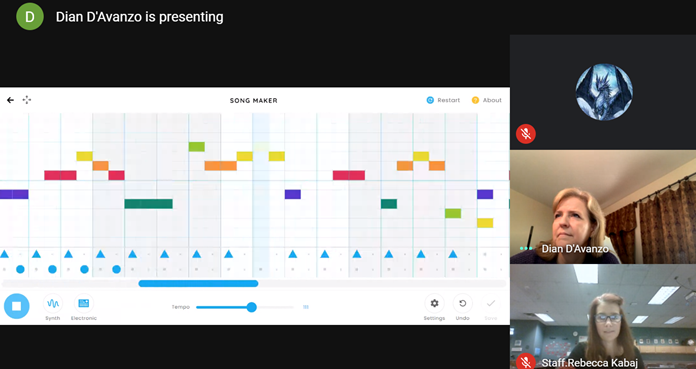
Move Over Geek Squad
Expanding our reach to new audiences through virtual programing was always an ongoing goal, but restrictions on in-person experiences were just the motivations needed to explore virtual platforms and online tools. The summer was a crash course in becoming more tech savvy for all of us. In addition to learning various virtual platforms, we developed a distance learning tech cart that allowed virtual programs to take place most anywhere on the Scottsdale Arts campus, including Scottsdale Museum of Contemporary Art (SMoCA), Scottsdale Center for Performing Arts, and the Learning & Innovation studio. These resources made possible many new and redesigned public and education programs.
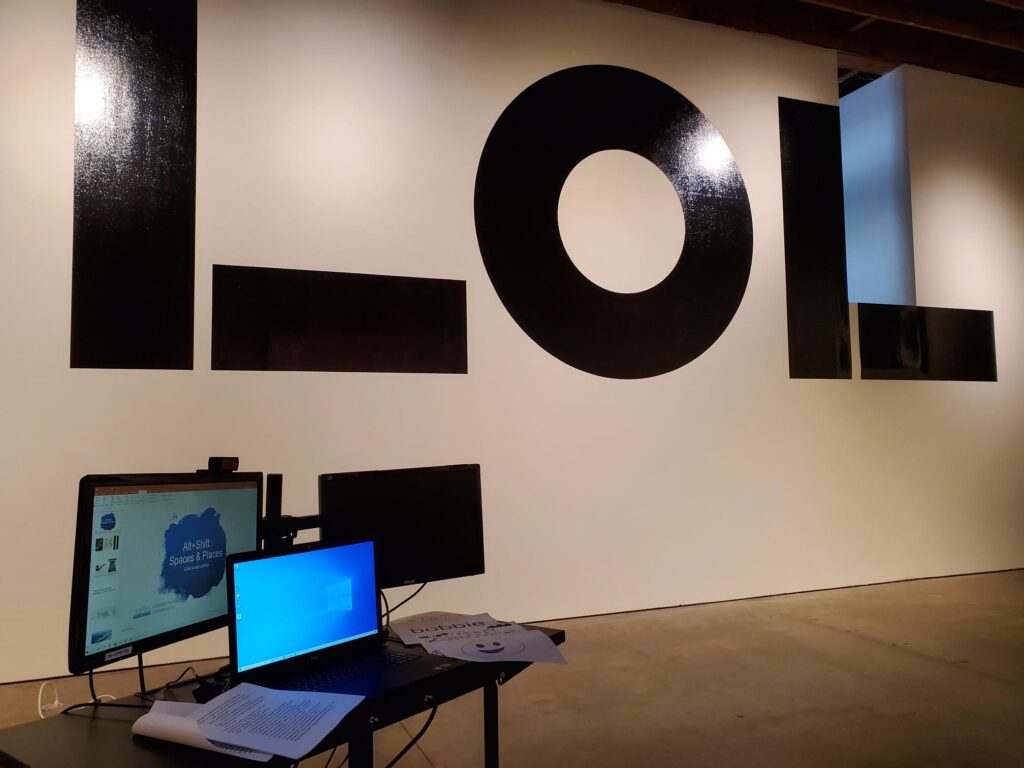
Provide More Ways to Connect, Always!
A surprising outcome, to what at first was a barrier to connecting with our community, was digital and virtual options that will continue long after the pandemic ends. We found these new technologies to be fun, easy to use, and more accessible to our community. While not comprehensive, the following is a list of events and programs that have virtual options developed over the past year and will likely continue for years to come.
- Exhibitions: Interactive virtual extensions to our galleries have made exhibitions even more accessible. Don’t miss the Center Space gallery’s current exhibition, Viewpoints: How We Understand Art, which explores the ways people view art based on their life experience and art education.
- Docents-On-Demand: When visiting SMoCA, visitors can hear insights on artwork in the galleries created by our team of trained docents while remaining safely socially distanced. QR codes located on labels next to the artwork provide access to one-minute videos about the piece.
- Canal Convergence: Scottsdale Public Art’s largest event of the year, Canal Convergence, needed to provide touch points for visitors to attend while remaining socially distanced. Engagement opportunities for visitors, such as artist talks and tours, were adapted using augmented reality (AR). Visitors used their phones to trigger holograms and other animations in real time to engage directly with the works.
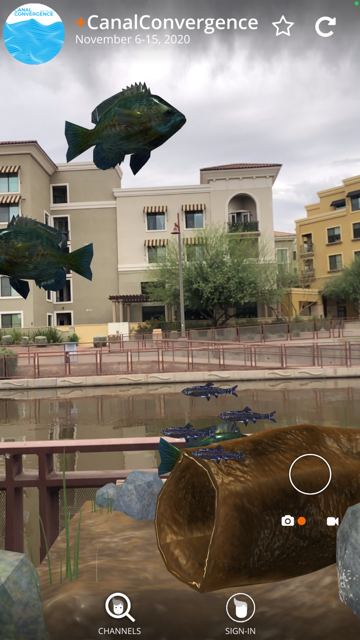
- Alli Ortega Empty Bowls: Vista del Camino Food Bank supports our Scottsdale community that is experiencing even greater need this year. On March 31, from 9:00 a.m. to 9:00 p.m., a fundraising event will be held live on Facebook to support Vista del Camino. Each donation will be entered to receive one of five handmade mystery bowls crafted by a local artist.
- Wolf Trap On-Demand: This series of asynchronous videos created by Arizona Wolf Trap teaching artists was developed by Diane Hunt-Vanek, director of Arizona Wolf Trap. “This was meaningful way for us to support our educational partners and families seeking fun, creativity, and arts-integrated learning experiences to enjoy,” Hunt-Vanek explains.
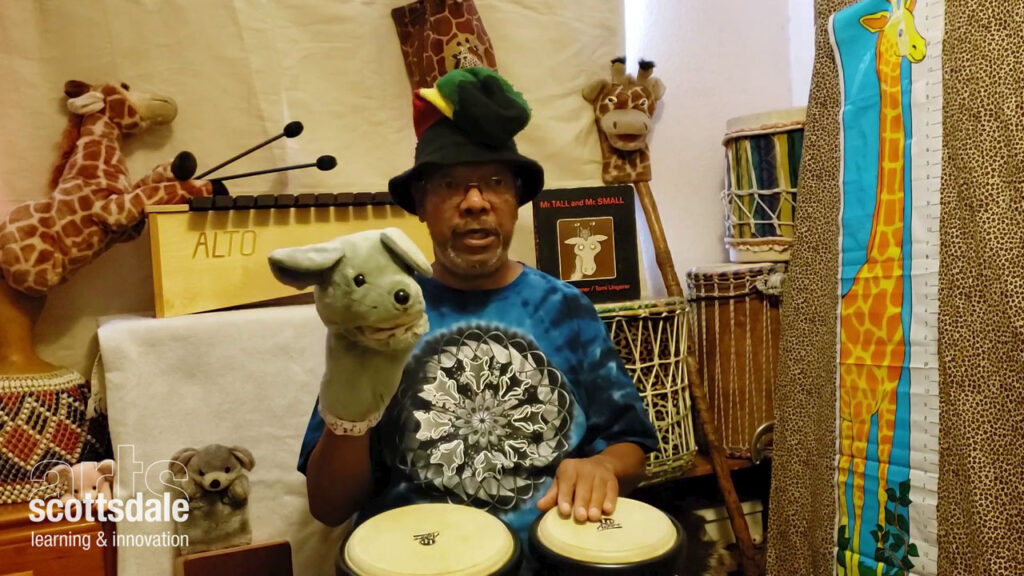
- Hope Chest: Remembering the Holocaust: This curriculum takes students on an immersive journey through the harrowing boyhood experiences of local Holocaust survivor Oskar Knoblauch. Originally designed as an all-inclusive kit of teaching materials for in-class use, lessons were revised and made available online. Hope Chest kits and online resources will be available in the 2021–22 academic year.
Using the arts in my classroom has benefited my students immensely! Listening to music and analyzing photographs helps all students engage in high-level critical thinking, observation, and inference. Before using Hope Chest and its accompanying arts activities, my students were afraid to share their ideas at the risk of being “wrong.” The arts activities increased my students’ willingness to participate because they knew there were no right or wrong answers! Hope Chest and the arts expose the students to standards-based skills in a culturally responsive way by meeting students where they are and helping them develop the communication skills and empathy they will need to succeed.
Amanda Wells, 8th grade English language arts and social studies teacher at Coyote Ridge School
- Cultural Connections Through the Arts: Professional teaching artists lead classroom residencies to support curriculum through creative exploration of the art form and academic subject. It was uncertain whether these experiences could translate successfully online. Remarkably, not only have sessions been just as successful, but the side-effect of students learning at home is that parents witnessed the impacts these arts experiences had on their students. For the first time, teachers received multiple messages from parents commenting on the positive impacts arts residencies have had on their children.
- Visions: This yearlong program that brings together high school art students from across the Valley to work with professional artists also had to be reimagined. Typically, Visions students meet at SMoCA and other cultural destinations. To continue connecting students to each other and inspiring artists, the program shifted from in-person to online learning, providing students access to incredible artists around the world!
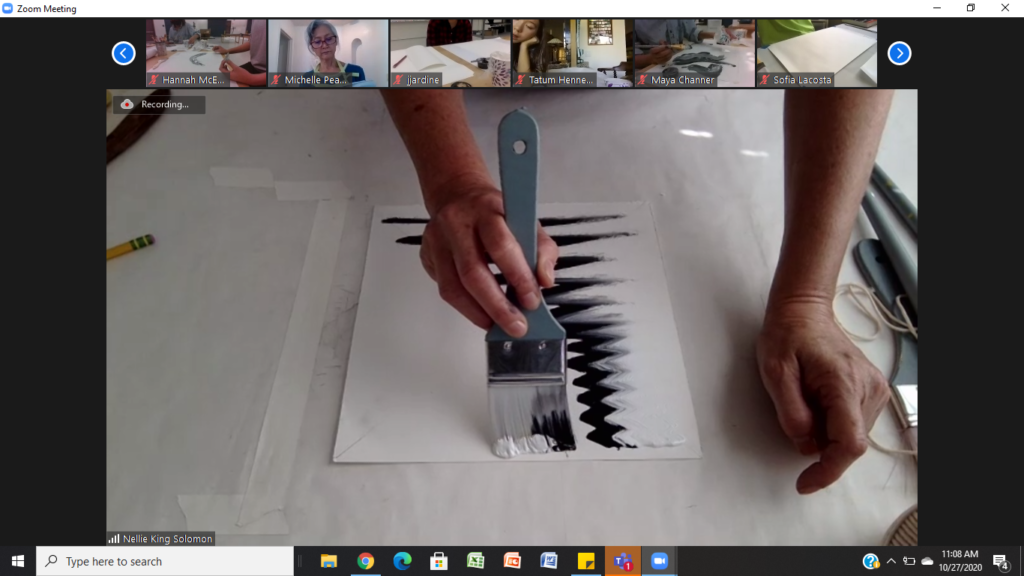
These challenging times can easily become overwhelming. Despite the hardships and loss we have seen over the past year, a source of encouragement has been people all over the world who have banded together, even while physically apart, to lift each other’s spirits through virtual choirs, balcony serenades, and murals to honor healthcare workers. We will come through this trying time hopefully having a greater appreciation for human interaction. For now, we are developing more ways to connect and have definitely learned to “PIVOT!”
Back to Spark home.
CONNECTIONS: Amplify | Immerse | Inspire



